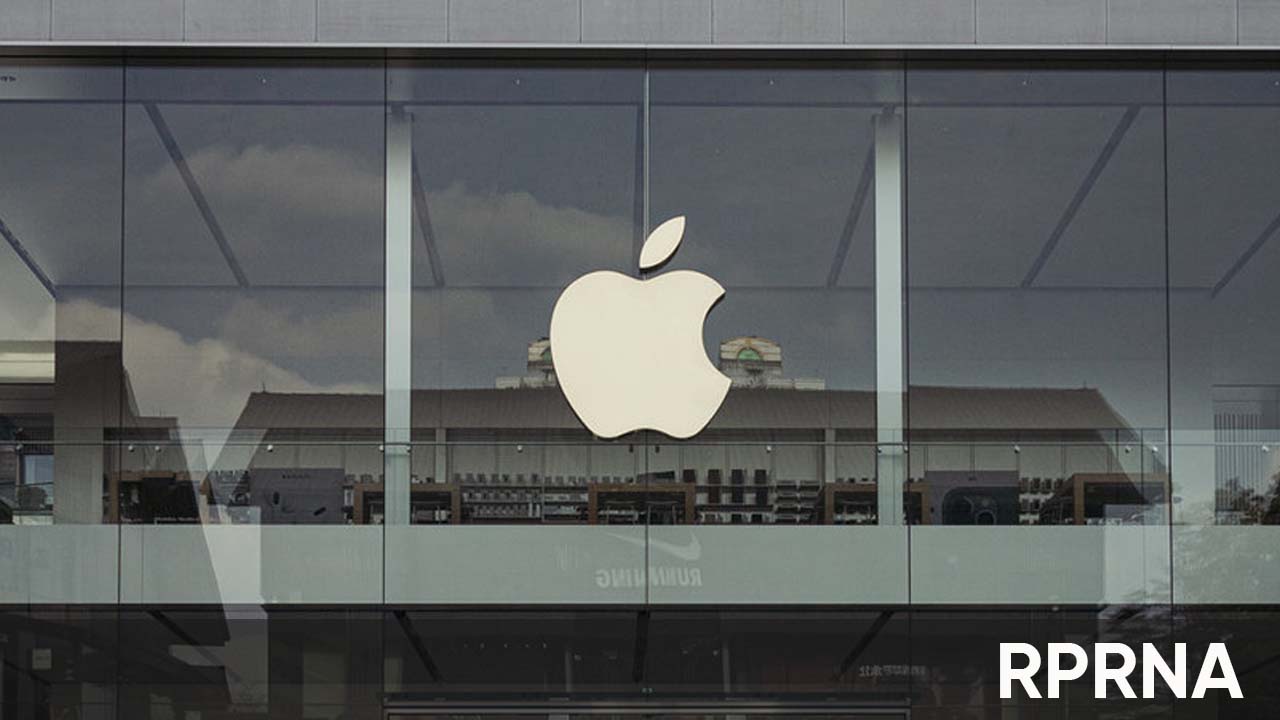In a recent teardown of the new iPad mini 7, iFixit revealed some key insights into Apple’s approach to improving the device’s performance while keeping hardware modifications minimal. One of the most anticipated issues to be addressed was “jelly scrolling,” an effect where one side of the display refreshes slower than the other, leading to a slight wobbling effect during scrolling. Although many speculated that Apple would rotate the display driver to fix this, the teardown confirmed otherwise.
When tech reviewers tested the latest iPad mini, several noted that the jelly scrolling effect was either significantly reduced or altogether gone, depending on individual perception. This issue, originally present in the iPad mini 6, was a notable point of criticism due to its impact on display fluidity, especially during fast scrolling.
Apple appears to have taken a different approach to fix this problem. According to Federico Viticci of MacStories, the iPad mini 7 uses an optimized display controller, rather than making adjustments to the display hardware itself. The new controller syncs the display refresh rate more evenly across the screen, minimizing the jelly scrolling effect without altering the refresh rate, pixel density, color gamut, or brightness.
In line with Viticci’s insights, iFixit’s teardown verified that Apple maintained the same display hardware across generations, opting to adjust the display controller for smoother scrolling. Additionally, they highlighted a unique change: the Apple logo on the back of the iPad mini is now detachable, which could have implications for future repairability.
In summary, Apple’s solution to jelly scrolling on the iPad mini 7 involves a more advanced controller rather than hardware changes, providing a smoother scrolling experience while keeping the display components the same.





